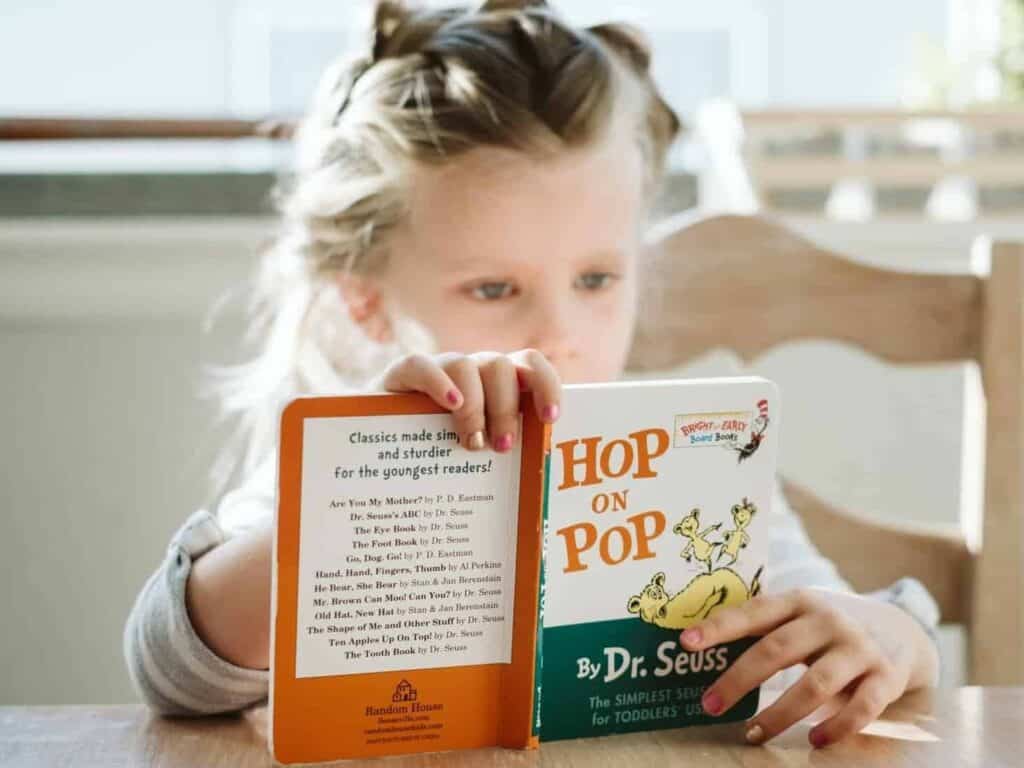Helping your children to read and write is something that every parent wants to do, and its not something that happens overnight. Understanding how schools do it will help you to think of ways that you can help at home.
There are four main methods employed by schools and most use a combination of these methods over the years to help your children to develop their skills
Phonics
Is a word often mentioned, but what does it mean? Children learn letter sounds and then run the sounds together to make words (starting with 2 & 3 letter words and building up) – the Jolly Phonics scheme uses this method as does Letter Land.
Look & Say
Uses word and picture flash cards where children learn to recognise words or sentences, the picture helps the child understand that the word represents an object or action, etc.
Once the children become confident, the pictures are often removed (there are lots of games and flash cards available from high street shops that employ this method).
Language Experience
This may not at first seem like a way of learning to read and write, but children really enjoy it and it does work well.
The child draws a picture and says “I am in the park with mum”, the teacher writes that underneath, the child then traces over the words and eventually writes the words independently…
The idea here is that children will be more motivated to learn to read and write about their own experiences.
Context Support
Is a way of teaching reading where practitioners choose books on subjects that children are really interested in. Sometimes books are produced specially for this method with pictures and simple sentences for the children and more complex versions of the sentence for adults to read.
Once again, the theory is that if the child is enthralled by the subject matter, they’ll be enthused to work at learning the words.
Which is Best?
The truth is that all these methods have been championed at one time or another, but research has shown that the best results are gained from using a variety of different methods to help children to learn reading and writing.
There are always going to be children (and teachers), who like one method more than the others, but by using these four main strategies along with well-resourced settings and enthusiastic teachers and home support children are not only going to learn effectively, but will also enjoy the challenges that reading increasingly more difficult texts will bring.
What Can You do to Help?
Find out which methods your child’s setting uses for teaching reading and writing and familiarize yourself with the method (most schools hold sessions at the beginning of term to explain what they do).
Also make time to read and write with your child, and let them see you doing these things for pleasure (you have a big impact on what your child sees as important and valuable).
Most importantly, praise your child’s efforts at reading and writing and show you value them by displaying them in your house.


